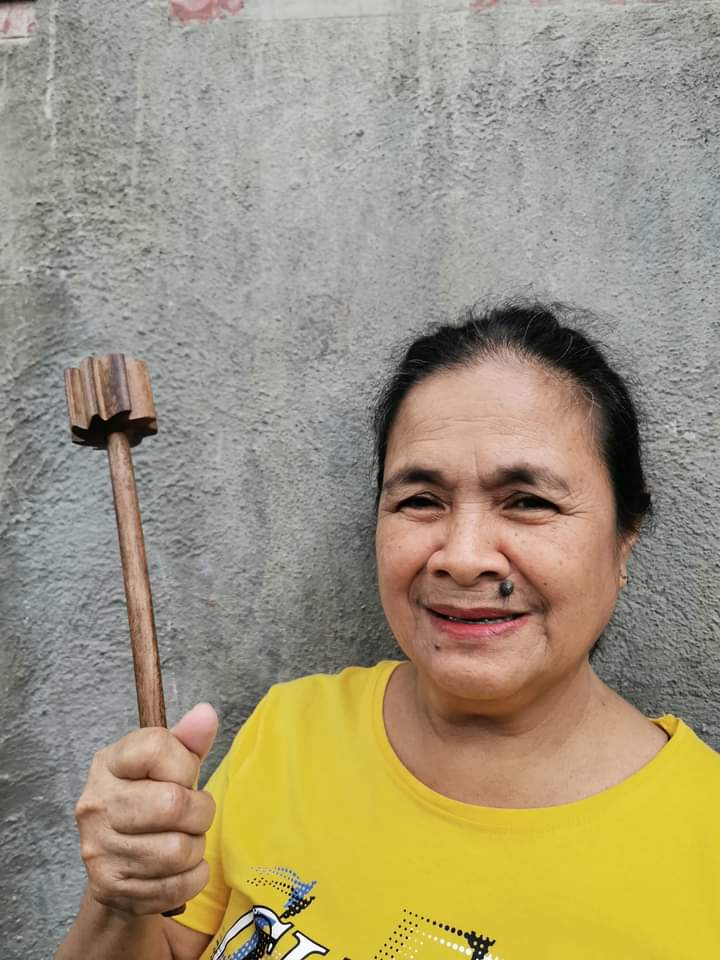
I was riding a motorcycle with a local guide in Lake Sebu in search of a boat lute that’s played by the #Tboli.
Merriam-Webster: A lute is a stringed instrument having a large pear-shaped body, a vaulted back, a fretted fingerboard, and a head with tuning pegs which is often angled backward from the neck
Instruments that are called #BoatLutes have nothing to do with boats but are reffered as such because of their slender overall shape that looks like a boat.
Finally, after asking from house to house we found a maker who has an unfinished #Hegelong, the boat lute I was looking for with him. He told us that he will bring it to where I am staying the following morning.
Hegelong is a boat lute with two strings from the neck to the end. The strings are connected to tuning pegs located just above the neck and beeswax is used to attach the wooden frets.
Look and see what Jesse Elnathan is holding in this photo.
Finally, when words fail us, we can always send a message across through music. May we find the time to connect this quarantine to as many people as we can remember and maybe share a song or two to them.
#MgaKwentongPamana #NCCA #NHM #VictoryAndHumanity #500Years #Ph500 #NationalHeritageMonth



